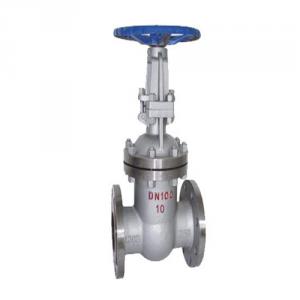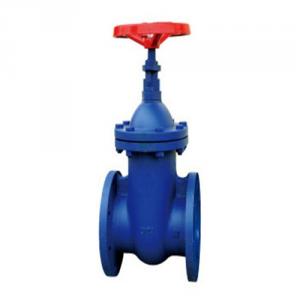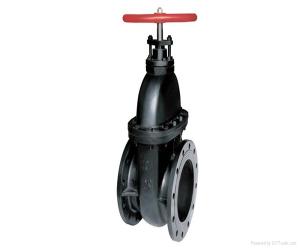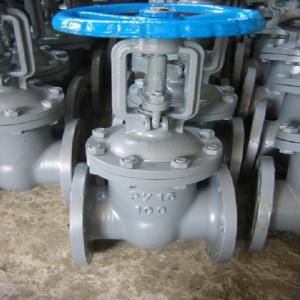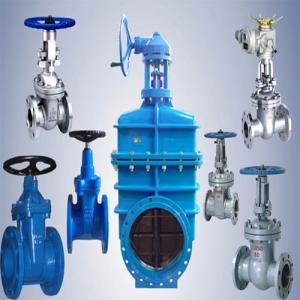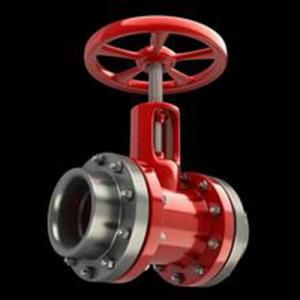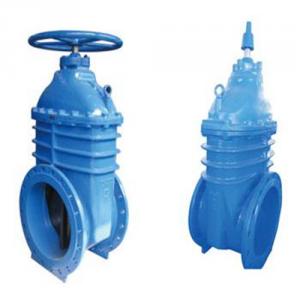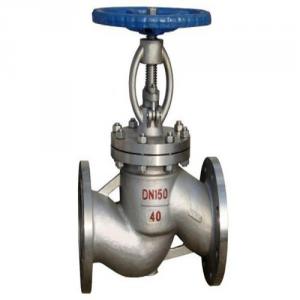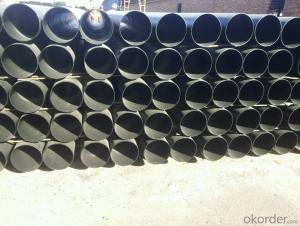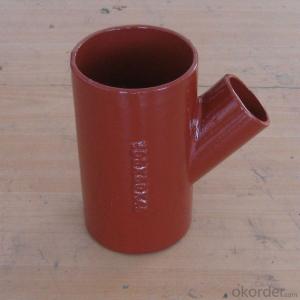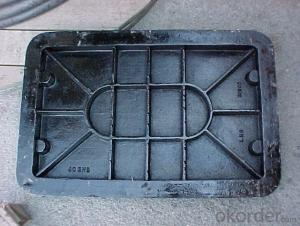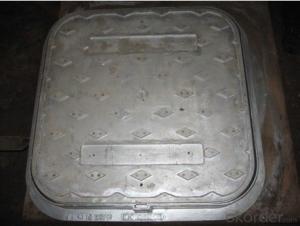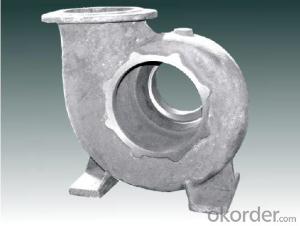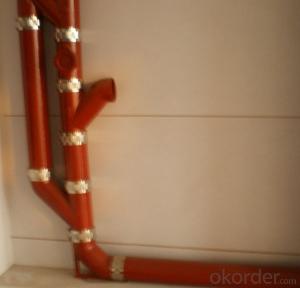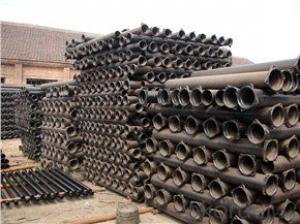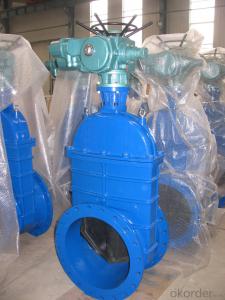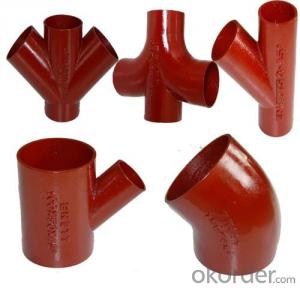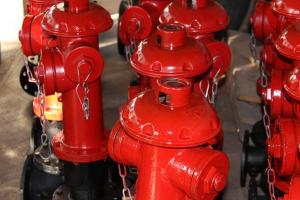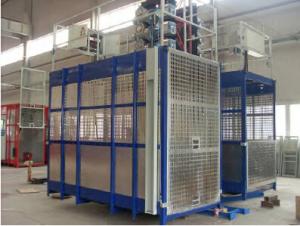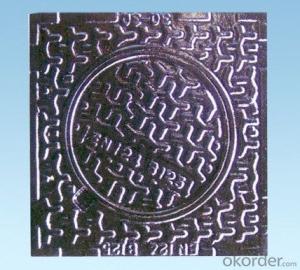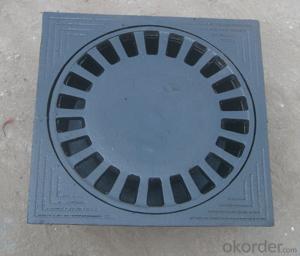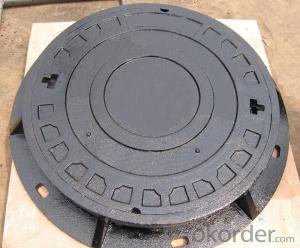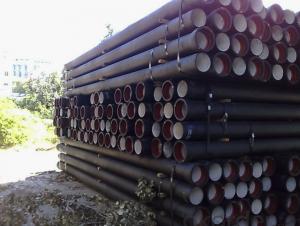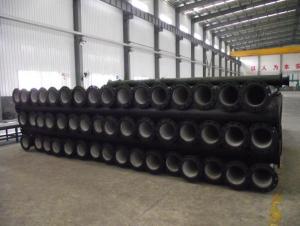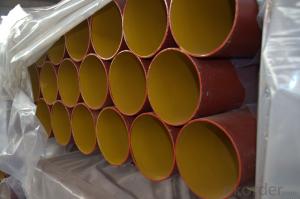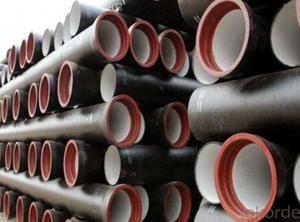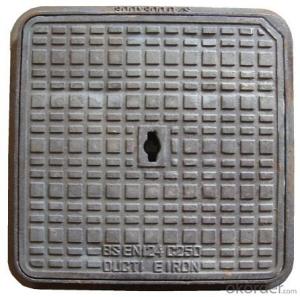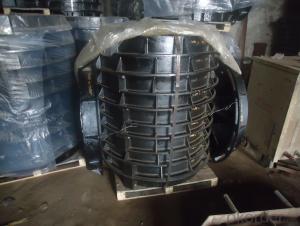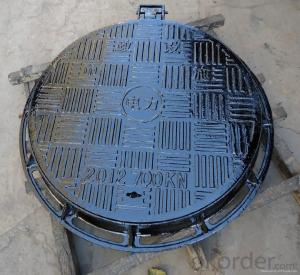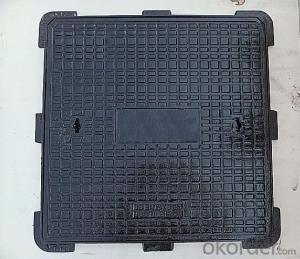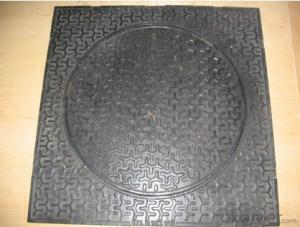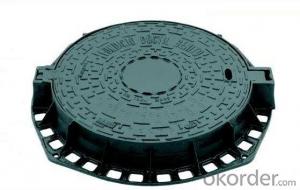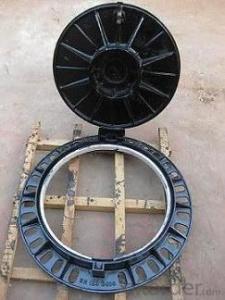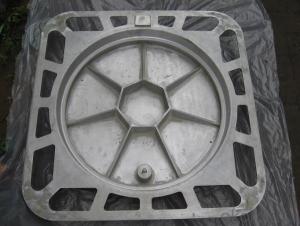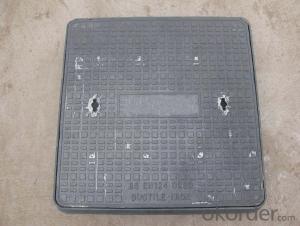Grey Cast Iron Structure
Grey Cast Iron Structure Related Searches
Step Bit For Stainless Steel Led For Cannabis Growing Router Bits For Aluminum Plate Kst Values For Common Dusts Stainless Steel Straight Razor Stainless Steel Drilling Bits Drilling Stainless Steel Stainless Steel Drill Bit Stainless Steel Drill Bits Drill Stainless SteelHot Searches
Buy Alabaster For Carving Alcoa Aluminum Stock Price Today 1 4 Aluminum Plate Home Depot 1/4 Aluminum Plate Home Depot 1 8 Aluminum Plate Home Depot 1/2 Inch Aluminum Plate Near Me 1/4 Inch Aluminum Plate Near Me 1 4 Inch Aluminum Plate Near Me Aluminum Tread Plate Home Depot Aluminum Trim Coil Near Me 1/2 Aluminum Plate Near Me 1 4 Aluminum Plate Near Me 1/4 Aluminum Plate Near Me 3/8 Aluminum Plate Near Me 1/8 Aluminum Plate Near Me 3/16 Aluminum Plate Near Me Aluminum Bar Stock Near Me Mic 6 Aluminum Plate Suppliers Aluminum Round Stock Near Me Wholesale Drill Bit Price PhilippinesGrey Cast Iron Structure Supplier & Manufacturer from China
Okorder.com is a professional Grey Cast Iron Structure supplier & manufacturer, offers integrated one-stop services including real-time quoting and online cargo tracking. We are funded by CNBM Group, a Fortune 500 enterprise and the largest Grey Cast Iron Structure firm in China.Hot Products
FAQ
- We are small castings, the need for surface treatment of shot blasting machine, about how much?
- The choice of shot blasting machine, this is according to the workpiece size, yield, whether can collision, and the working time and other factors considered, while the price of different blasting machine are not the same, but the vast majority of small castings used crawler shot blasting machine, according to the comprehensive consideration of factors such as yield, size of workpiece commonly used on the market the crawler shot blasting machine has Q324, Q326, Q328, Q3210, and each time the amount of their treatment were 125KG, 200KG, 400KG, 600KG, the specific use of what types also need to be determined according to the actual situation
- Shandong foundry, casting small pieces of precision casting
- Dongying Huayang precision casting factory, the smallest to do 2G pieces.
- For example, casting parts contain many holes, inclusions and other defects, the size and the number of holes exceed which limit is not qualified
- According to the grade of the parts, according to the relevant standards, the regular drawings will be noted in the technical requirements of the parts.
- What's the cause of the choking of the casting?,
- Causes of choking fire:1., casting material in the pouring of gas;
- Cause of choking of casting parts
- Is it boiling from the picture? Does it sound like a fire? If not, it's not choking. I feel like choking. The gas doesn't drain out
- What is normalizing, annealing, tempering, quenching? What is the difference between forging parts and casting parts?
- According to the requirements of the workpiece annealing, there are many kinds of annealing process specifications, such as full annealing, spheroidizing annealing and stress relieving annealing. Steel the steel quenching is heated to the critical temperature Ac3 (hyposteel) or Ac1 (hypereutectoid steel) above a certain temperature, holding time, so that all or part of 1 Austenitic, then the cooling rate is greater than the critical cooling rate of fast cooling to below Ms (or near Ms isothermal) of martensite the body (or bainite transformation) heat treatment process. Aluminum alloys, copper alloys, titanium alloys, tempered glass and other materials are usually treated by solid solution or heat treatment with rapid cooling process. Tempering is a heat treatment process where the workpiece is hardened and heated to a temperature below AC1, which remains cool for a certain period of time and then cools to room temperature. Tempering generally followed by quenching, the purpose is: (a) to eliminate the residual stress caused by quenching, prevent deformation and cracking; (b) hardness, strength, plasticity and toughness of workpiece is adjusted, to use performance requirements; (c) the size of organization and stability, ensure the accuracy improvement; (D) and to improve the processing performance. Tempering is therefore the last important step in obtaining the desired properties of the workpiece. According to the tempering temperature range, tempering can be divided into low temperature tempering, medium temperature tempering and high temperature tempering. This answer is recommended by the questioner
- How to solve casting defect casting?
- Prevention methodReduce the gas in the metal liquid and oxidize the slag, improve the fluidity of the metal liquidIncrease pouring temperature and pouring speed, strengthen slag collection, slag block or bottom pouring bag, teapot ladle pouring, can not cut off when pouring, prevent the slag from blocking the nozzle, and cause the casting to breakIncrease the sprue and sprue height, increase the runner section area and the sprue number, and improve the filling speed and the metal hydrostatic headImprove the casting design and increase the thickness of the thin-wall part of the castingChange the pouring position and pouring system, the casting thin wall plane is located at the top and away from the gate, to prevent the filling of liquid metal splashing, eddy current, avoid metal stream in the casting thin sections or core support, cold iron, insert the confluence, when necessary, take horizontal vertical pouring cold or inclined castingIncrease the permeability of core and sand, strengthen the exhaust of mould, and the quantity of air outlet and riser should be enoughChange the size and location of the core, the inner cold iron, the core support, the internal cold iron, the insert should be no rust, no oil pollutionCheck the type, tight box, press the operation of iron is safe, to prevent running fire
- As shown, how do I achieve the tightness test of this product, and achieve industrial production? Seek expert advice.
- Precise and tight sealing of the surface to which the test piece is to be tested, equipped with an airtight test instrument, and an electrical control system. You can complete automated testing equipment
